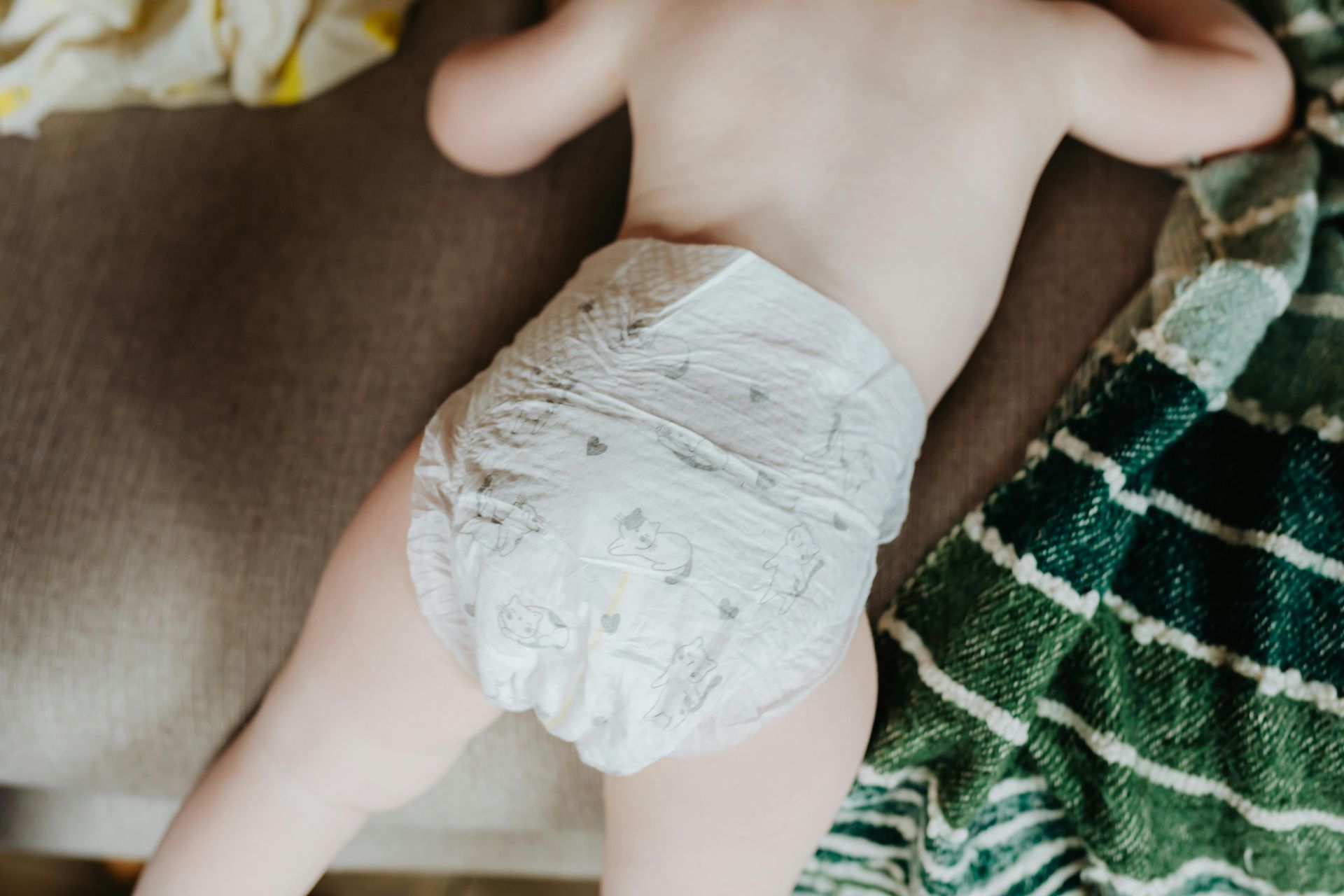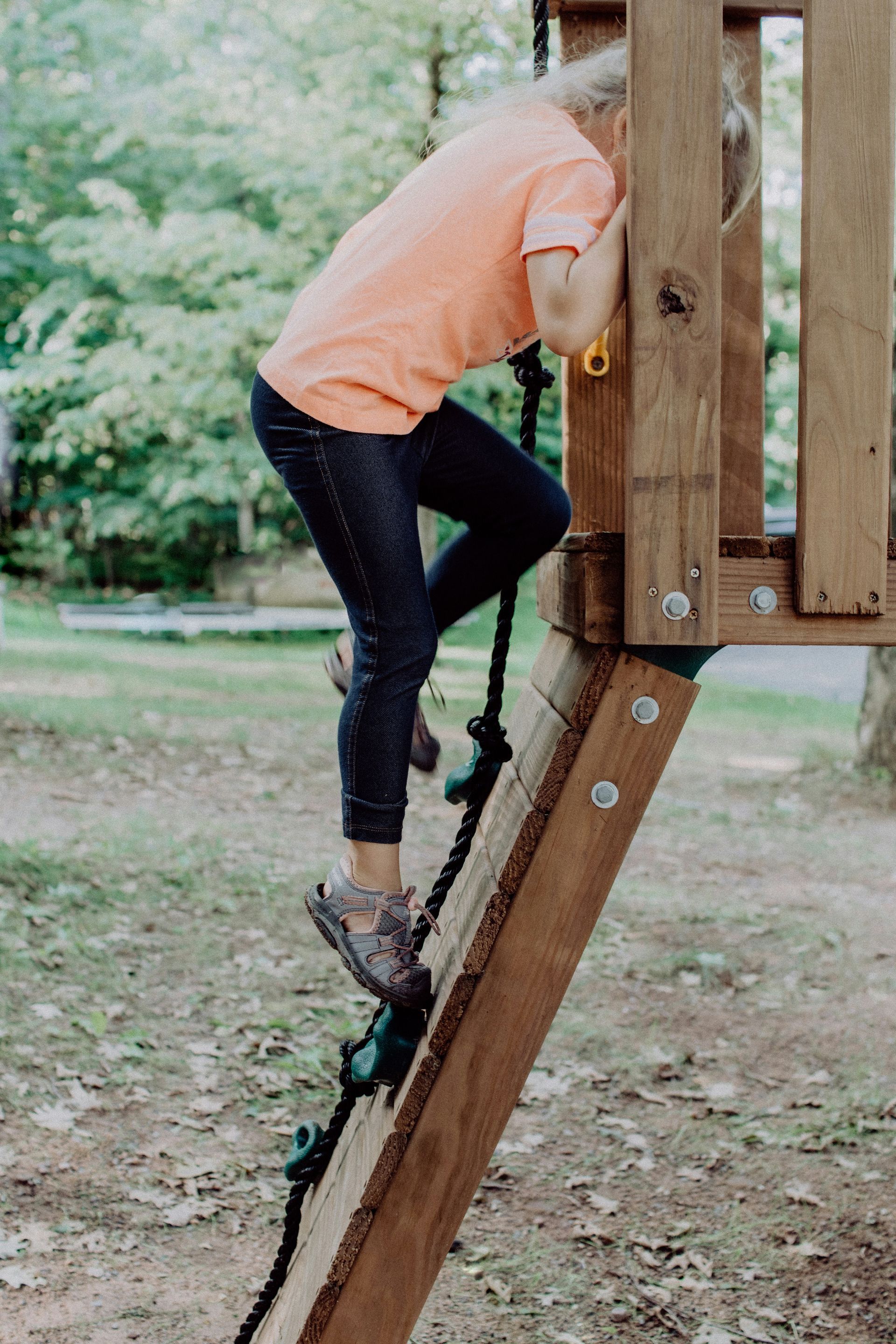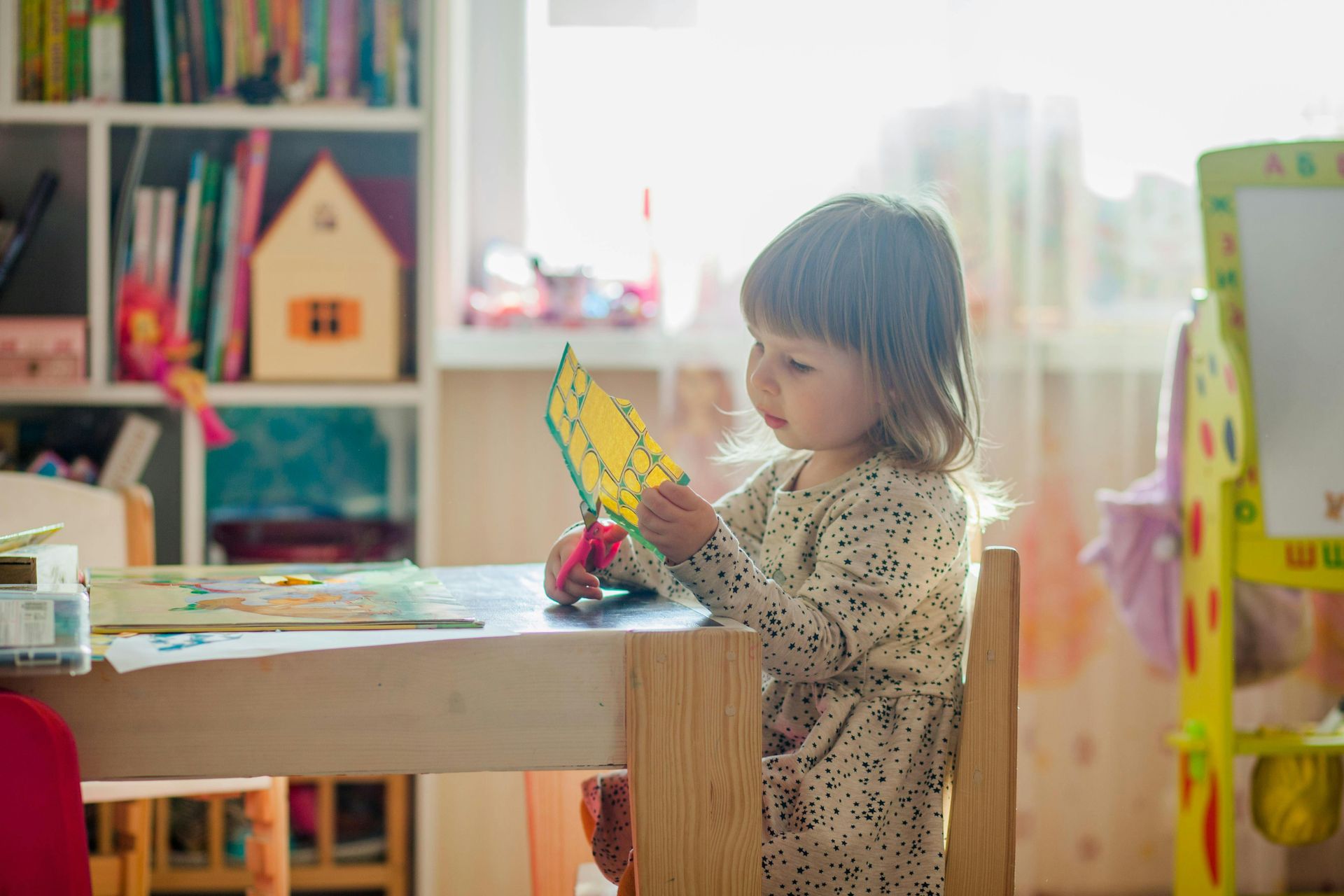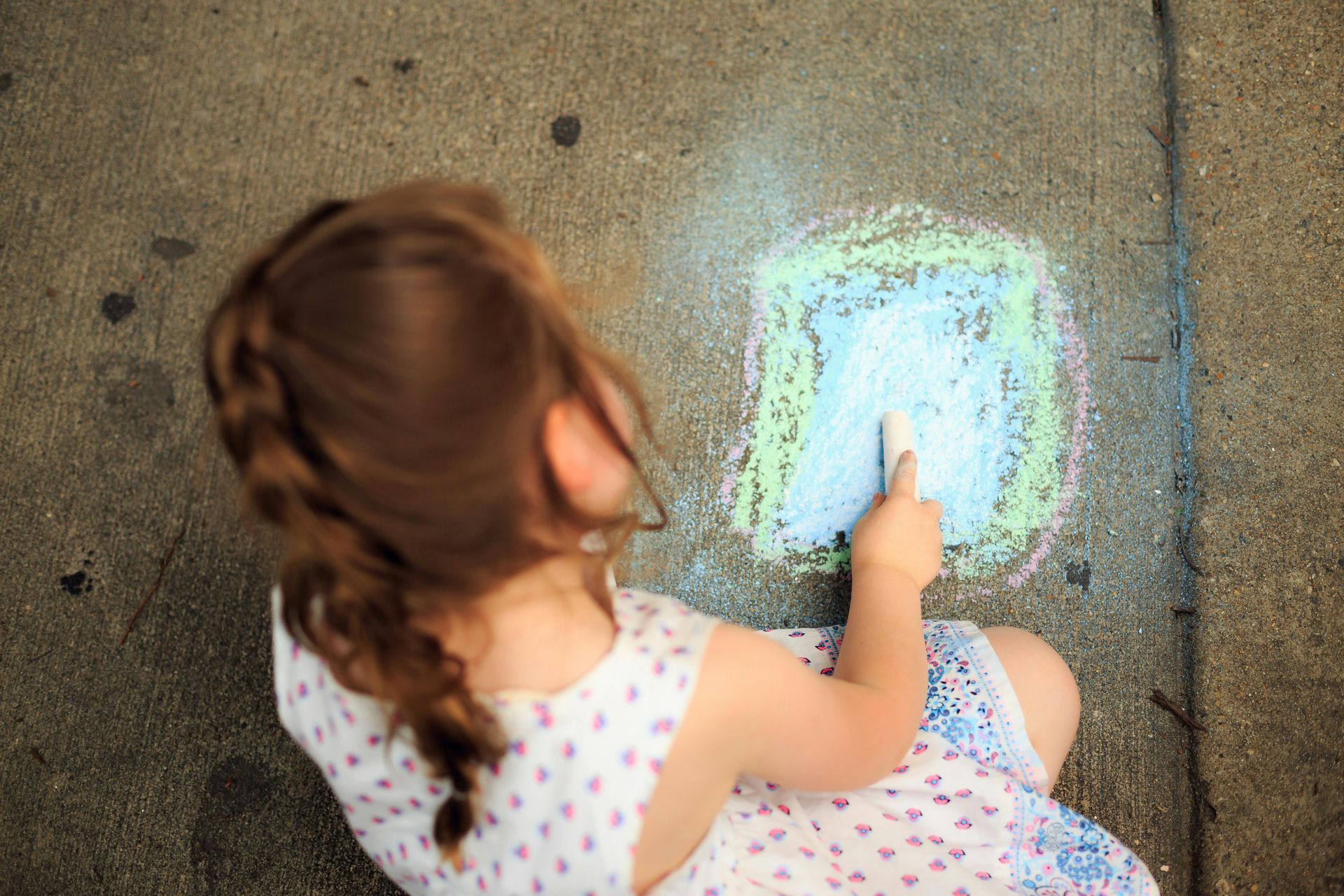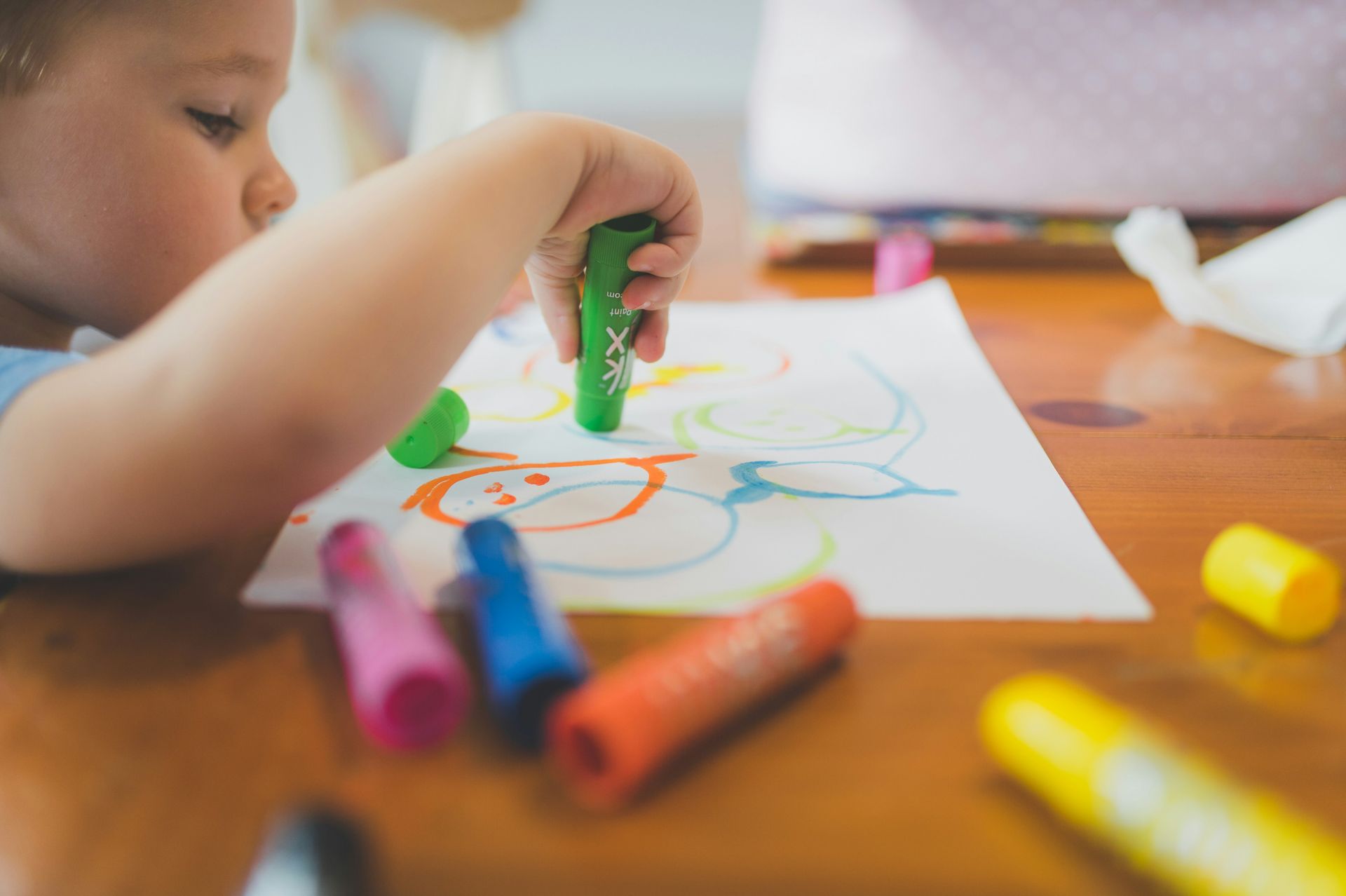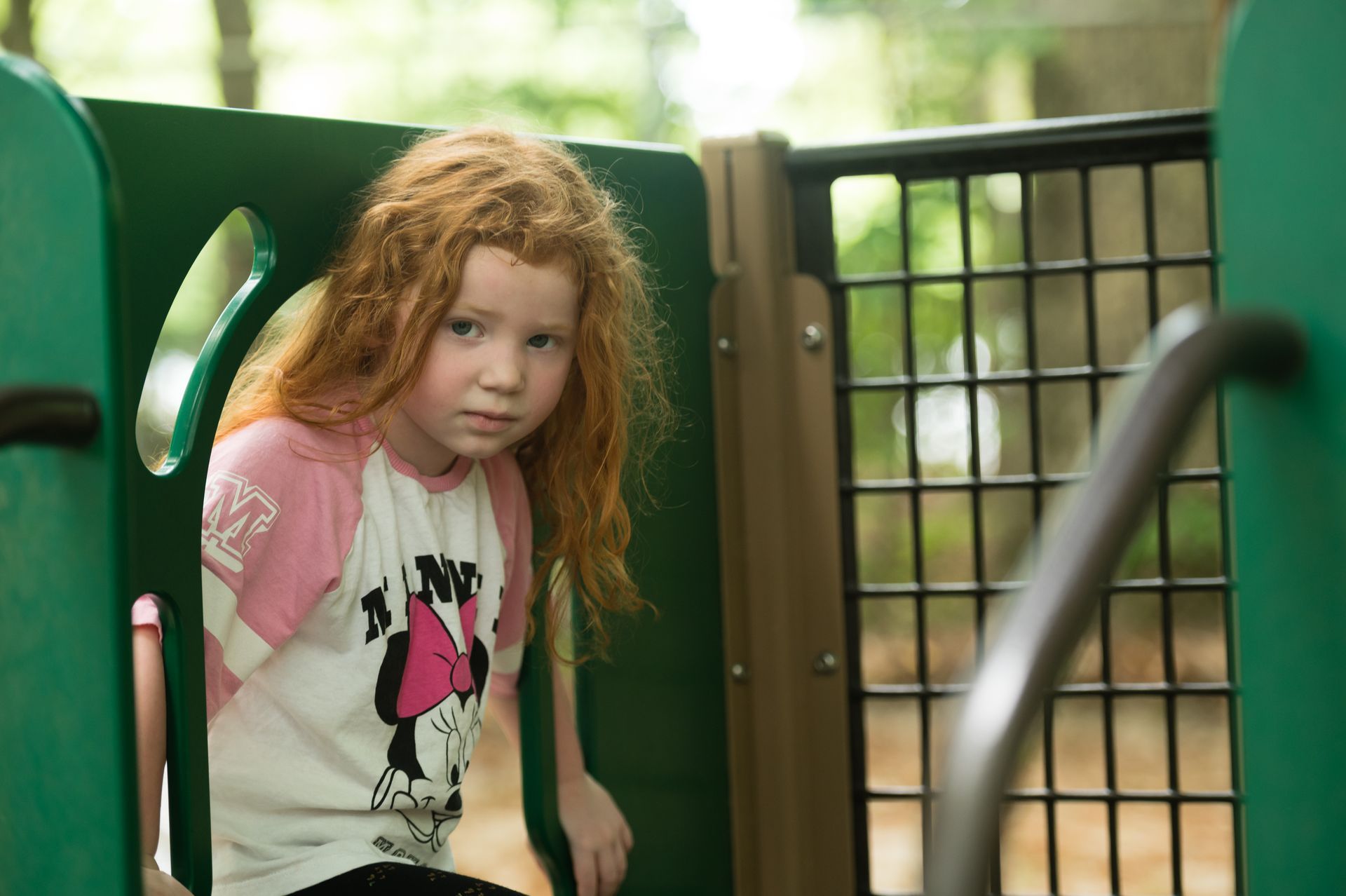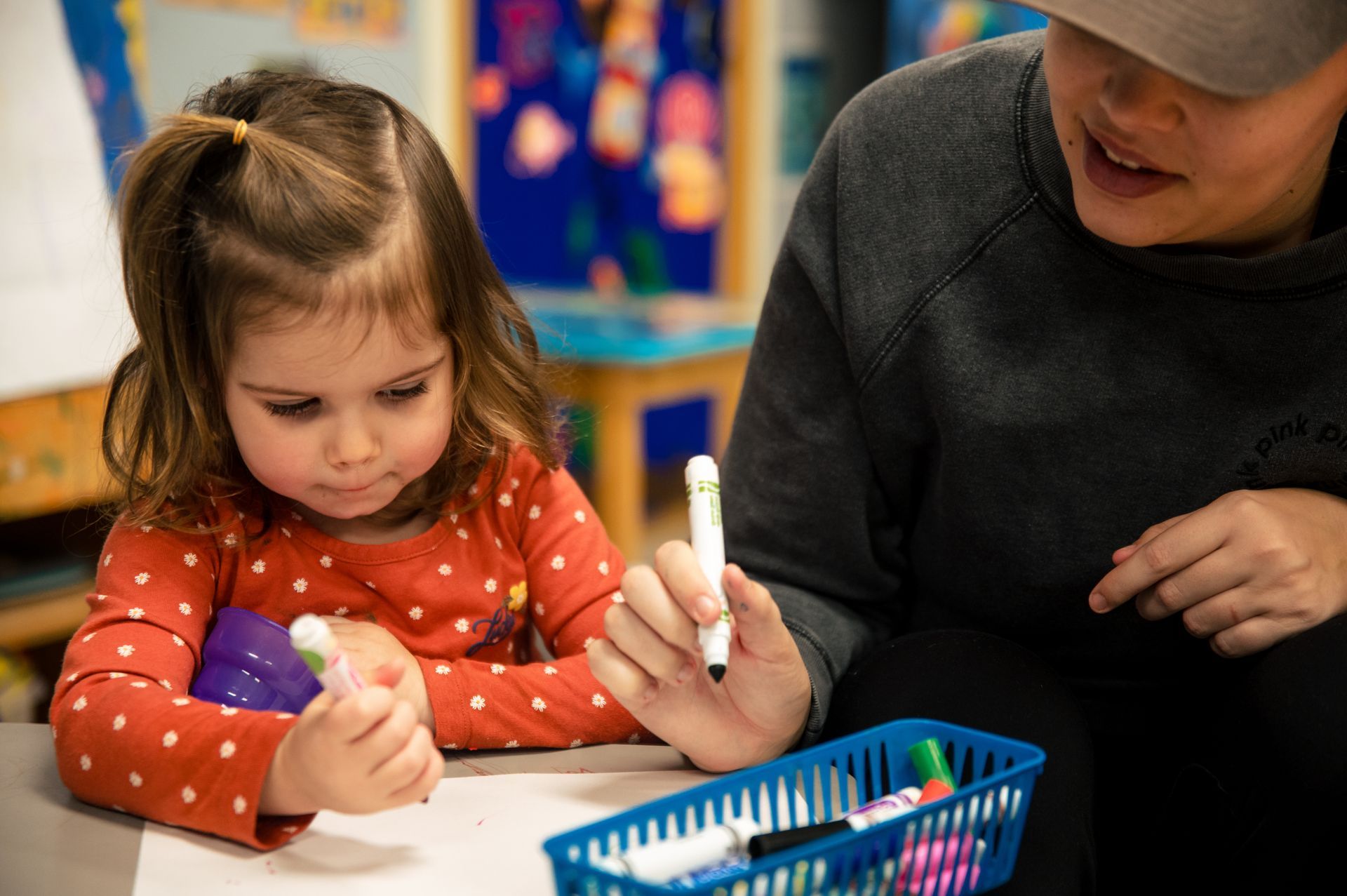Separation Anxiety Is Normal—Here’s How We Handle It at TBOP
If you’ve ever walked away from drop-off with tears in your eyes (yours or your child’s), you’re not alone.
Separation anxiety is a completely normal part of early childhood—and it’s something we see (and gently support) every day at Temple Beth Or Preschool. Whether your child is starting school for the very first time or just returning after a long weekend, transitions can be tough. But with the right tools and support, these moments can also be opportunities for growth.
Why Separation Anxiety Happens
In the early years, children are still developing what psychologists call “object permanence”—the understanding that people and things continue to exist even when they’re out of sight. So when a trusted grown-up leaves, it’s not just sad—it can feel confusing or even scary.
Add in a new environment, new faces, and new routines, and it's easy to see why drop-off can sometimes lead to big feelings.
What We Do at TBOP to Help
At TBOP, we approach separation with patience, compassion, and a deep understanding of child development. Here’s how we support both kids and parents through it:
Warm, Predictable Routines
Children thrive on knowing what comes next. Our morning routines are structured, familiar, and comforting, so that even if the goodbye is hard, the “hello” from their teacher and the rhythm of the classroom feels safe and known.
Consistent Caregivers
We keep our class sizes small and our teachers consistent. That helps your child build strong relationships with the adults in their room—and that trust becomes the bridge that eases separation.
Connection-Based Support
We use the Conscious Discipline model, which focuses on co-regulation and emotional safety. That means we don’t distract kids out of their feelings—we sit with them, validate their emotions, and help them find calm.
Space for You, Too
We know drop-offs can be just as emotional for parents. Our teachers are here to support you as well—with updates, reassurance, and an open door for your questions or concerns.
What You Can Do at Home
Want to help ease separation anxiety outside the classroom too? Here are a few simple strategies:
- Keep goodbyes short and sweet
Lingering can make it harder for your child to transition. A confident, loving goodbye lets them know they’re safe. - Create a goodbye ritual
A special handshake, hug, or phrase can make parting feel familiar and fun. - Talk about school positively
Name a few things they’ll do during the day, and remind them who will be there to greet them when school is over. - Read books about goodbyes
Stories like The Kissing Hand or Llama Llama Misses Mama can help kids process feelings in a gentle way.
This Phase Won’t Last Forever (We Promise)
We’ve seen it over and over: children who struggled with separation at the start are now confidently waving goodbye, racing to their cubbies, and running into their teachers’ arms.
It just takes time, patience, and a whole lot of love—which is what we’re all about at TBOP.
Got questions or concerns about separation anxiety? We’re here to support you and your child every step of the way.

